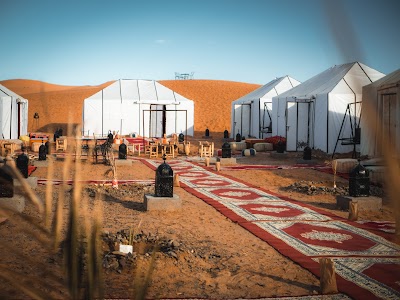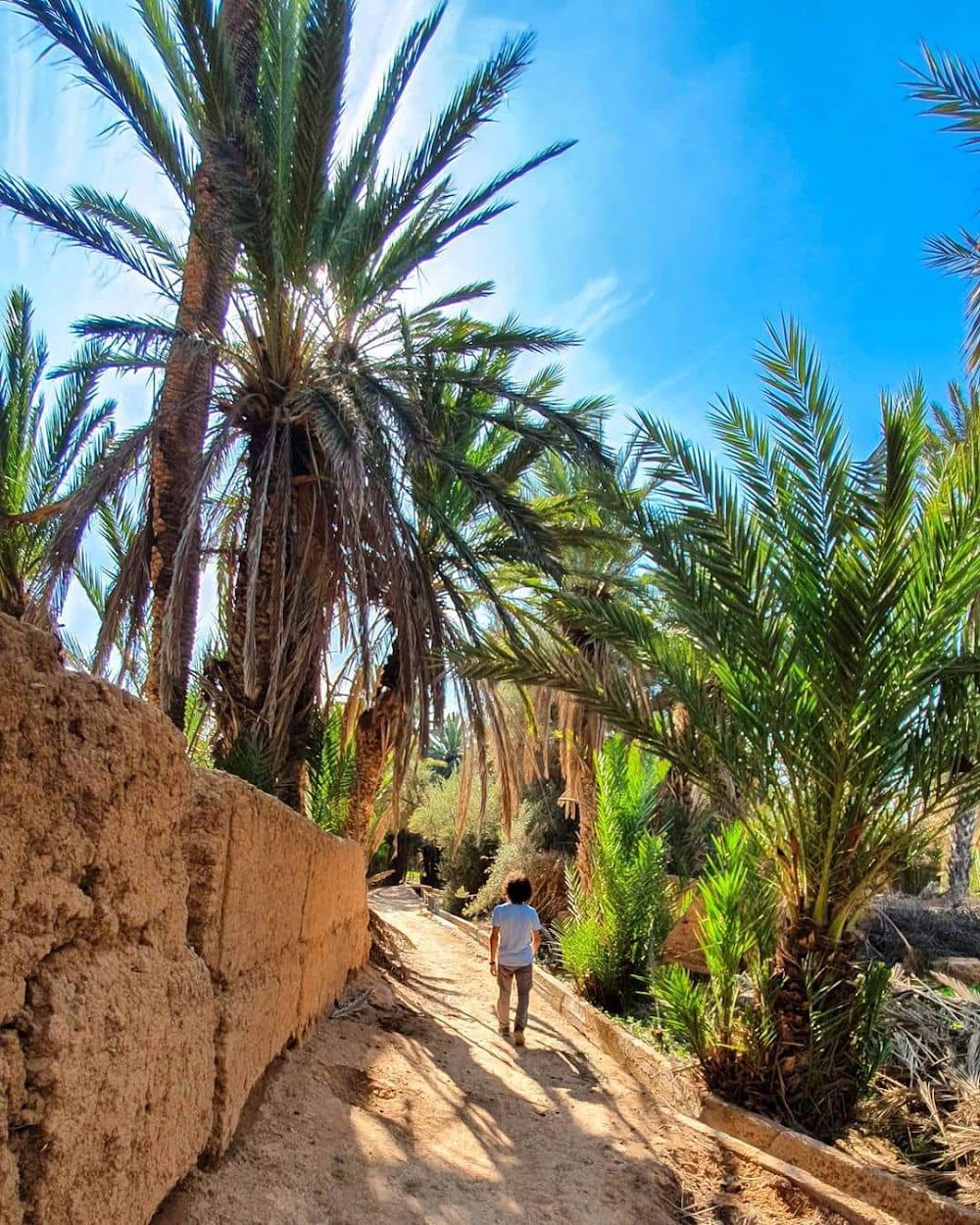Old City of Assa (المدينة القديمة أسا)
Overview
The Old Town Assa, nestled in the heart of Assa-Zag within Morocco's picturesque landscape, offers a rich tapestry of history and culture. This ancient medina, also known as the Old City of Assa, stands as a testament to the region's enduring resilience and vibrant heritage.
A Historical Oasis
Originally established as an oasis settlement centuries ago, Old Town Assa is strategically positioned at the crossroads of ancient caravan routes that connected the Sahara Desert to the more fertile northern regions. The foundation of the medina can be attributed to the leadership of local Amazigh (Berber) tribes, who recognized the area's potential due to its proximity to vital water sources and fertile lands, making it ideal for a permanent settlement.
Architectural Charm
The structures of Old Town Assa were meticulously crafted using traditional materials and techniques. Sun-dried mud bricks, a hallmark of Moroccan architecture, serve as the primary building blocks. These bricks, made from a mix of clay, straw, and water, are carefully molded and left to bake under the scorching sun. This age-old technique not only lends sturdiness to the buildings, making them resilient against the harsh desert climate, but also contributes to the iconic earthy tones that define the medina's aesthetic.
Narrow Winding Streets
The landscape of the Old City is characterized by narrow, winding alleyways and interlinked houses. The labyrinthine streets were designed intentionally; their convoluted paths not only provided natural defense mechanisms against invaders but also created shaded walkways, offering respite from the relentless desert sun. The tightly packed houses, often sharing walls, foster a strong sense of community among residents.
The Old Kasbah
At the heart of the town lies the old kasbah, a fortress-like structure that served dual purposes as a defensive stronghold and a symbol of authority. Built on elevated ground, the kasbah offers expansive views of the surrounding desert and acts as a watchtower against potential threats. Its thick, imposing walls were crafted to withstand human assaults and the test of time, showcasing the architectural ingenuity of its builders.
Inside the kasbah, the craftsmanship shines through. Intricately carved wooden doors, adorned with traditional Tifinagh script and geometric patterns, testify to the artistic sophistication of the Amazigh artisans. Courtyards filled with lush greenery and tranquil water features provide serene sanctuaries within the fortress walls, reflecting the profound Islamic influence on Moroccan architecture.
Vibrant Communal Life
A hallmark of Old Town Assa is its communal spaces. The town square, or souk, serves as a bustling hub of economic and social activity, where merchants trade goods ranging from spices and textiles to livestock and handmade crafts. These lively markets are not only essential for the local economy but also play a significant role in fostering cultural exchange and social cohesion among residents and visitors alike.
Spiritual Significance
Religious structures within the Old City further highlight the spiritual dimension of the town. The local mosque, with its simple yet elegant minaret, stands as a beacon of faith and community. Constructed in harmony with the surrounding architecture, the mosque's design blends Islamic and Amazigh influences, embodying the cultural syncretism that characterizes the region.
A Living Museum
Over the centuries, despite changing political regimes and environmental challenges, the Old Town Assa has managed to retain its historical essence. Today, it functions as a living museum where the present intertwines with the past. Preservation efforts by the local community and authorities reflect a deep reverence for their heritage, ensuring that the stories and architecture of their ancestors are safeguarded for future generations.
A Journey Through Time
Visitors to Old Town Assa are often struck by the palpable sense of history that pervades the air. Walking through its ancient streets feels like stepping back in time, with every corner revealing glimpses into the lives of those who once called this remarkable medina home. The enduring legacy of the Old City lies not only in its physical structures but also in the spirit of its people, who continue to cherish and celebrate their rich cultural heritage.




